Quick Fixes for Gear Malfunctions in the Field
In the wilderness, your gear is your lifeline. From backpacking adventures to hunting expeditions, outdoor enthusiasts rely heavily on their equipment to stay safe, comfortable, and prepared for whatever nature throws their way. But what happens when that trusted gear fails miles from civilization? Whether it’s a broken tent pole during an unexpected storm, a malfunctioning stove when you’re hungry after a long day of hiking, or a torn backpack strap on a remote trail, gear failures can quickly turn an enjoyable outing into a challenging situation. This article explores practical, field-tested solutions for common equipment malfunctions that can save your adventure when things go wrong.
Understanding the Importance of Field Repairs
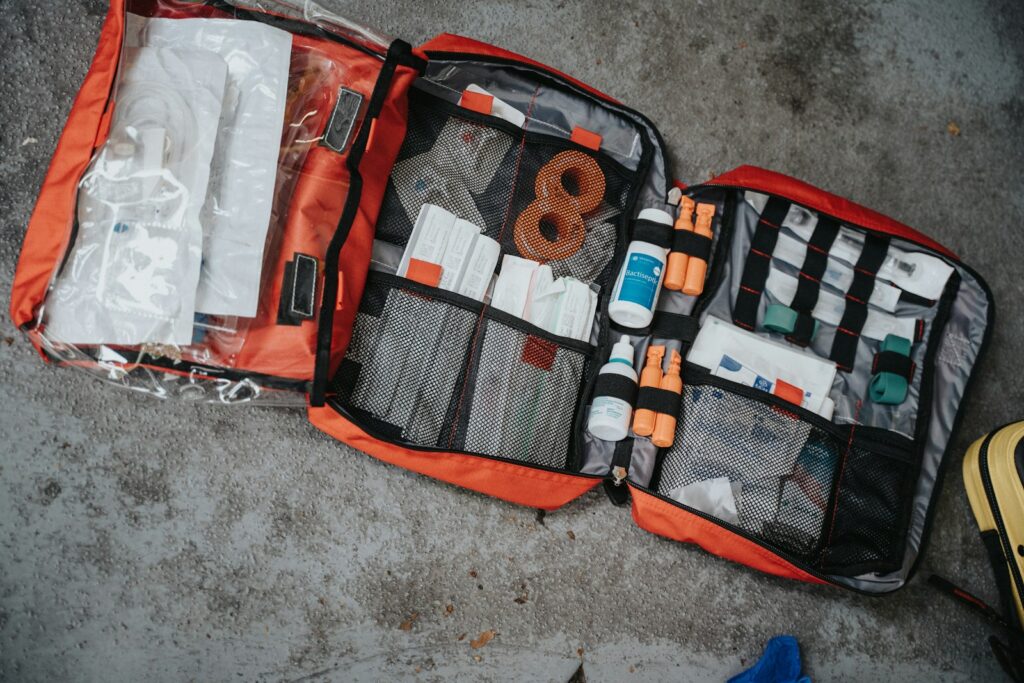
Being able to repair gear in the field is a fundamental outdoor skill that can make the difference between continuing your journey and having to abort a trip prematurely. Field repairs don’t need to be permanent solutions—they just need to function well enough to get you through your current adventure until proper repairs can be made at home. The ability to improvise with limited resources requires creativity, basic knowledge of how your gear works, and a small repair kit that won’t weigh down your pack. Most importantly, successful field repairs often depend on staying calm and methodically assessing the problem before jumping into action, as hasty fixes can sometimes create bigger issues than the original malfunction.
Essential Components of a Field Repair Kit
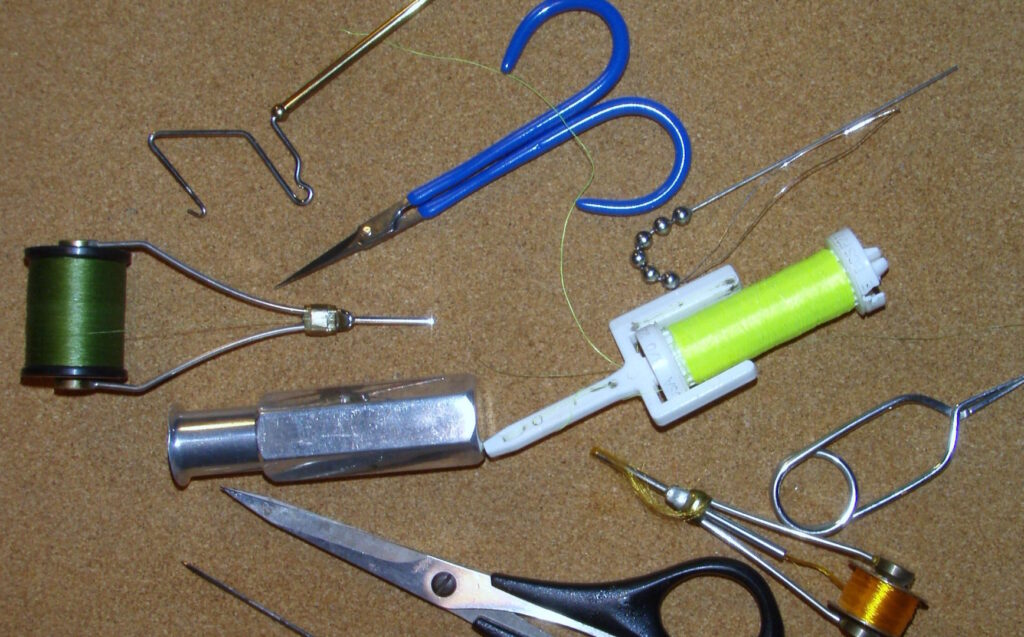
A well-thought-out repair kit is lightweight yet versatile enough to address most common gear failures you might encounter. At minimum, your kit should include duct tape (wrapped around a water bottle or trekking pole to save space), a multi-tool with pliers and knife, a needle and strong thread or dental floss, safety pins, zip ties, a small roll of wire, gear patches, and a few feet of paracord. Specialized items might include spare parts specific to your stove, tent pole repair sleeves, or a bicycle multi-tool if you’re biking. Store everything in a waterproof bag or container that’s easily accessible but won’t accidentally open in your pack. Remember that the best repair kit balances preparedness with weight considerations—you don’t want to carry unnecessary items, but being caught without essentials can end an adventure prematurely.
Tent Pole Emergencies and Solutions
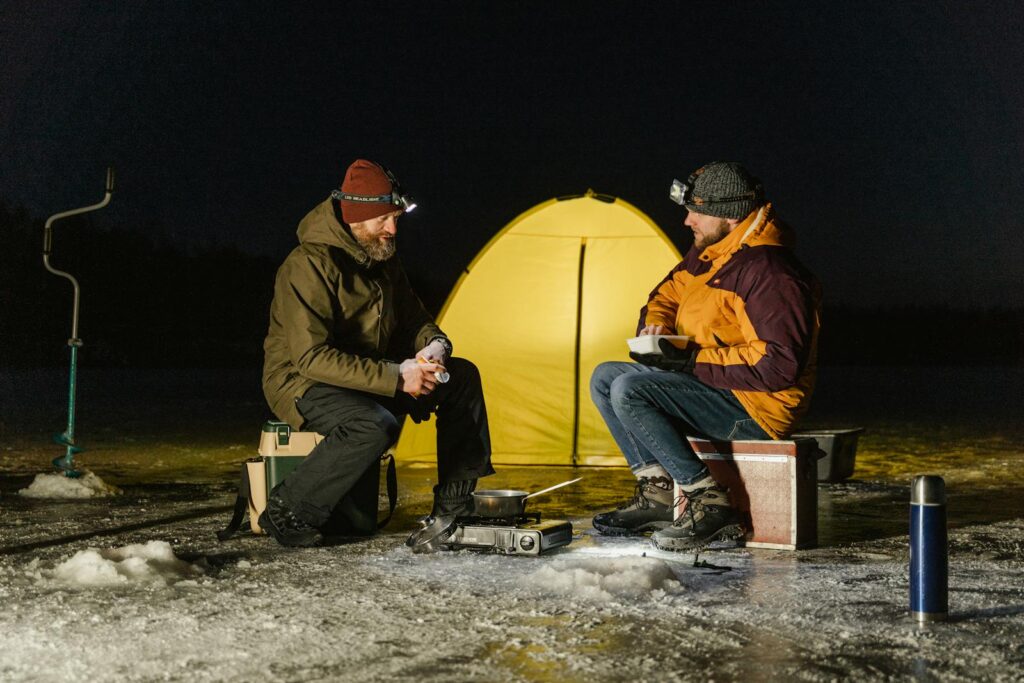
Broken tent poles rank among the most common and potentially serious gear failures, especially if bad weather is approaching. For aluminum poles, a field repair sleeve (a slightly larger diameter tube that slides over the broken section) secured with duct tape provides excellent temporary stability. If you don’t have a dedicated repair sleeve, a sturdy stick whittled to fit inside the pole sections can work in a pinch, or even a tent stake can be lashed alongside the break with cord and tape. For more catastrophic pole failures, consider switching to a minimalist setup by using trekking poles and guy lines to create a modified shelter that will still protect you from the elements. Carbon fiber poles can be more challenging to repair—handle them gently and use tape to reinforce hairline cracks before they become complete breaks.
Backpack Malfunctions and Quick Fixes

Your backpack is the foundation of your carrying system, and when it fails, every step becomes a challenge. For a broken shoulder strap, use paracord or webbing to fashion a temporary replacement, threading it through the existing attachment points and creating padding with a folded bandana or extra clothing. Torn pack fabric can be patched from both sides with Tenacious Tape or duct tape, ensuring you cover enough surface area to prevent the tear from spreading further. If your hip belt buckle breaks, you can create a secure alternative by tying the belt ends together with a water knot or by threading the belt through the shoulder strap attachment points to create a makeshift stabilization system. For a failing zipper, try using pliers to realign the teeth, and coat with lip balm or candle wax to improve function temporarily.
Stove Troubles in the Backcountry

When your camp stove malfunctions, both comfort and nutrition can be compromised. For clogged fuel jets, carefully use the cleaning needle that came with your stove (or a safety pin if you don’t have one) to clear obstructions, being extremely cautious to let the stove cool completely first. Leaking fuel connections can sometimes be resolved by ensuring all components are properly seated and tightened, or by replacing damaged O-rings if you have spares. If your stove refuses to stay lit in windy conditions, create a windscreen from aluminum foil or use your backpack or natural features to block the breeze. In a worst-case scenario where your stove is completely unusable, knowing how to safely build a small cooking fire (where permitted) can be an essential backup skill, though it requires more time and attention than using a functioning stove.
Sleeping Pad Punctures and Repairs
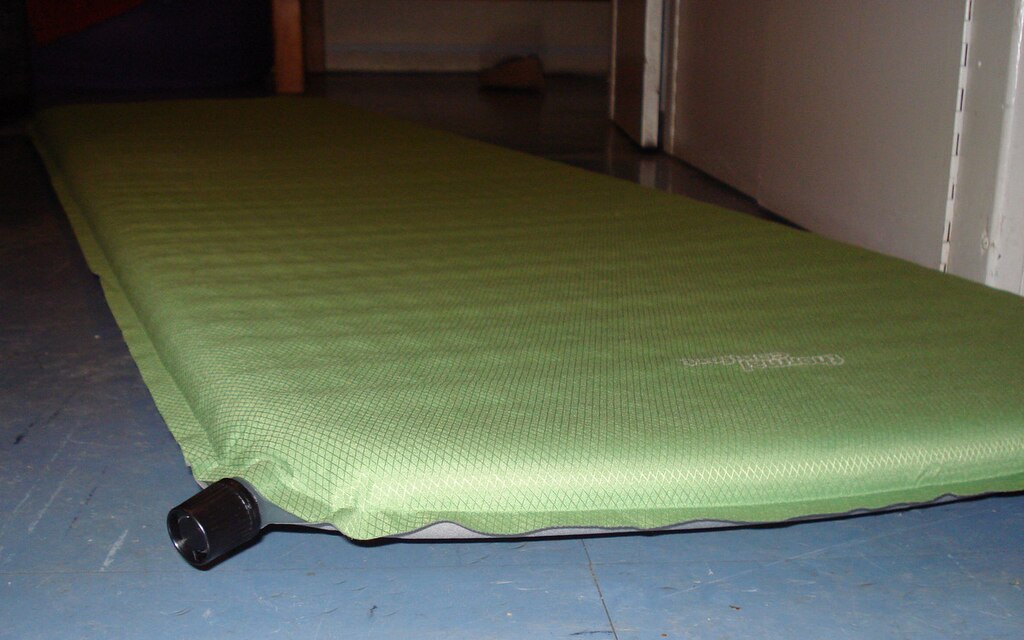
Nothing ruins a night’s sleep faster than a deflating sleeping pad, leaving you directly on the cold, hard ground. To locate tiny punctures, inflate the pad fully and listen carefully for the subtle hiss of escaping air, or pass the pad close to your cheek to feel for air movement. If those methods fail, submerge sections of the pad in water (if near a water source) and watch for bubbles. Once located, thoroughly dry the area and apply a dedicated pad patch according to the manufacturer’s instructions, or use Tenacious Tape as an excellent alternative. For emergency overnight repairs when you can’t locate the leak, partially inflate the pad and place a poncho or rain jacket between you and the pad to provide some insulation even as it slowly deflates. Some hikers also place soft items like extra clothing under typical pressure points to improve comfort with a compromised pad.
Footwear Failures and Temporary Fixes
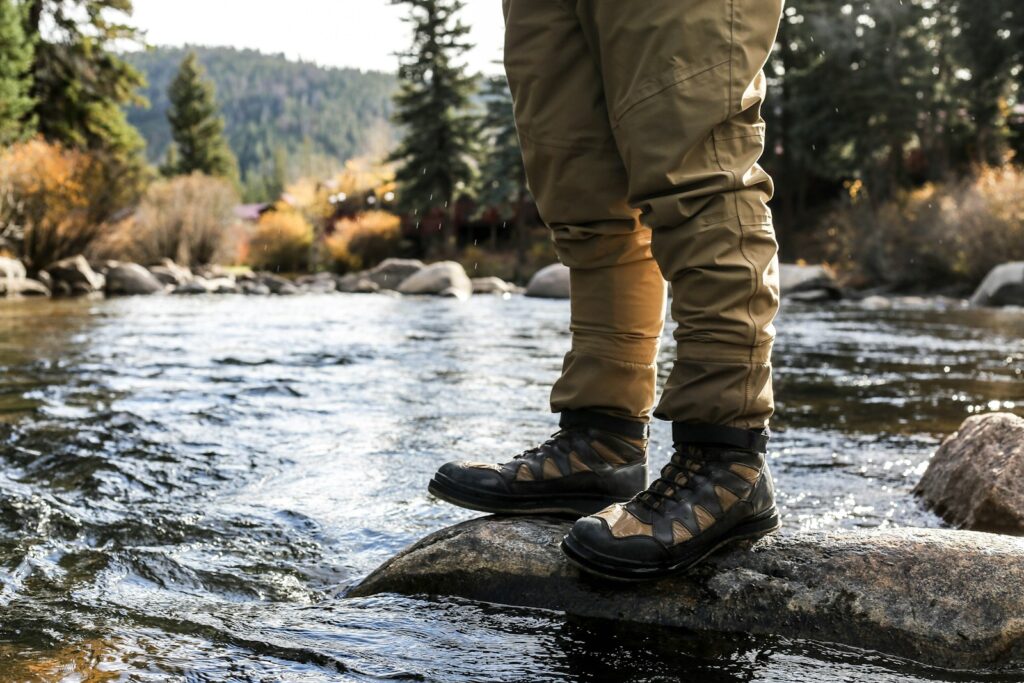
Boot or shoe failures can quickly lead to painful blisters, twisted ankles, or worse. For a separated sole, clean both surfaces as thoroughly as possible and apply a generous layer of shoe repair adhesive if you have it, or use duct tape wrapped completely around the boot to hold everything together. A creative solution involves using zip ties threaded through holes punched in the upper and wrapped under the sole to create a secure temporary bond. Torn uppers can be patched with duct tape or Tenacious Tape applied to both the inside and outside of the tear. If a shoelace breaks, paracord makes an excellent replacement, or you can tie the broken ends together with a square knot and continue with a slightly shorter lace. For compromised waterproofing, plastic bags worn between your socks and shoes can provide temporary moisture protection until proper treatment can be applied.
Water Filter and Purification Problems

When your water purification system fails in the backcountry, it creates an immediate safety concern. For clogged filters, backflush according to manufacturer instructions if possible, or gently tap the filter to dislodge sediment that may be blocking water flow. If your filter freezes (which can crack internal components), you’ll need to switch to boiling water or chemical purification tablets as backup methods. For broken pump handles or leaking connections, duct tape and zip ties can often create workable temporary fixes that maintain enough function to produce clean water. As a last resort when facing filter failure, remember that boiling water for at least one minute (longer at higher elevations) will kill harmful pathogens, though it won’t remove particulates or improve taste like a functioning filter would.
Clothing Repairs in the Wilderness

Clothing damage can range from a minor inconvenience to a serious issue, depending on weather conditions and the specific garment affected. For tears in critical rain gear or insulating layers, duct tape or Tenacious Tape applied to both sides of the fabric creates a waterproof and durable patch that will last the remainder of your trip. Broken zippers can be temporarily replaced with safety pins placed closely together, or by creating a system of cordage loops and toggles for closure. For burst seams, use a needle and thread (or dental floss for extra strength) to sew the pieces back together with a whipstitch or running stitch. Damaged drawstrings or cord locks can be replaced with paracord tied in strategic knots to maintain the functionality of hoods and waistbands that help retain body heat in cold conditions.
Trekking Pole and Ice Axe Malfunctions

Trekking poles and ice axes are valuable for stability and safety, making their failure potentially dangerous in challenging terrain. If a trekking pole locking mechanism fails, wrap the joint tightly with duct tape to secure it at your preferred length, applying several layers for strength. For a completely broken pole, you may be able to salvage partial functionality by removing the broken section and reassembling the remaining pieces if your poles have a modular design. Damaged baskets can be temporarily replaced with a bottle cap with holes punched in it and attached with a cord or wire. If an ice axe head becomes loose, wedge small sticks between the head and shaft and secure everything with cord wrapped tightly around the connection point. Remember that compromised ice axes should be used with extreme caution, as they may not provide reliable security in technical terrain.
Navigation Tools and Electronics Issues
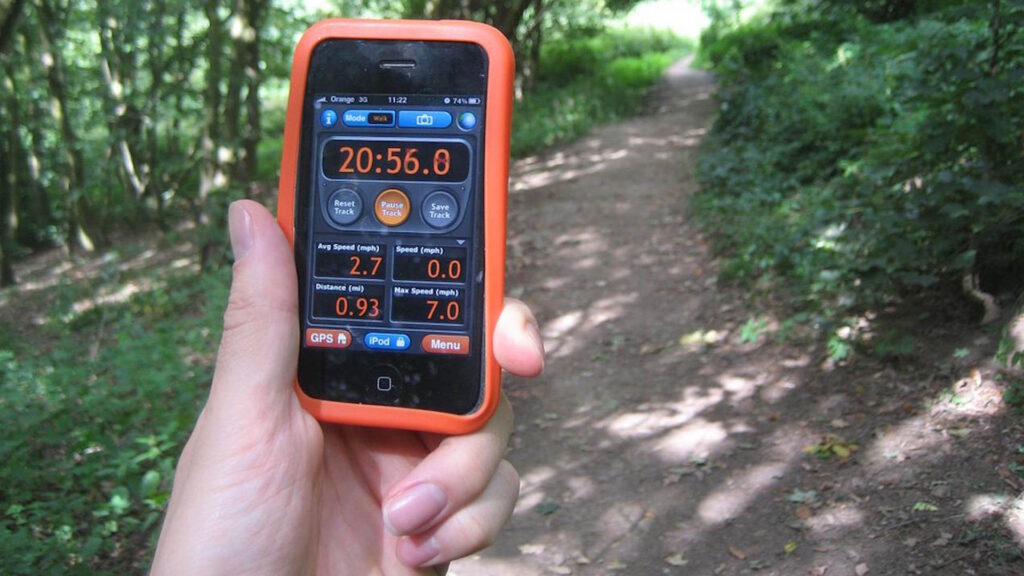
Modern adventurers often rely on GPS devices, smartphones, and other electronics for navigation, making power and protection critical concerns. If your device suffers water damage, immediately remove batteries if possible, dry everything thoroughly, and place it in a bag with dry rice or silica packets if available. For cracked screens that are still functional, apply clear tape over the surface to prevent further damage and injury from glass shards. Battery issues can sometimes be resolved by warming cold batteries against your body before use, or by cleaning corroded contacts with the rough side of a bandana. If electronic navigation fails, having paper maps and a compass as backup is essential, along with the skills to use them effectively—a reminder of why practicing traditional navigation techniques remains relevant even in our digital age.
Improvising with Natural Materials
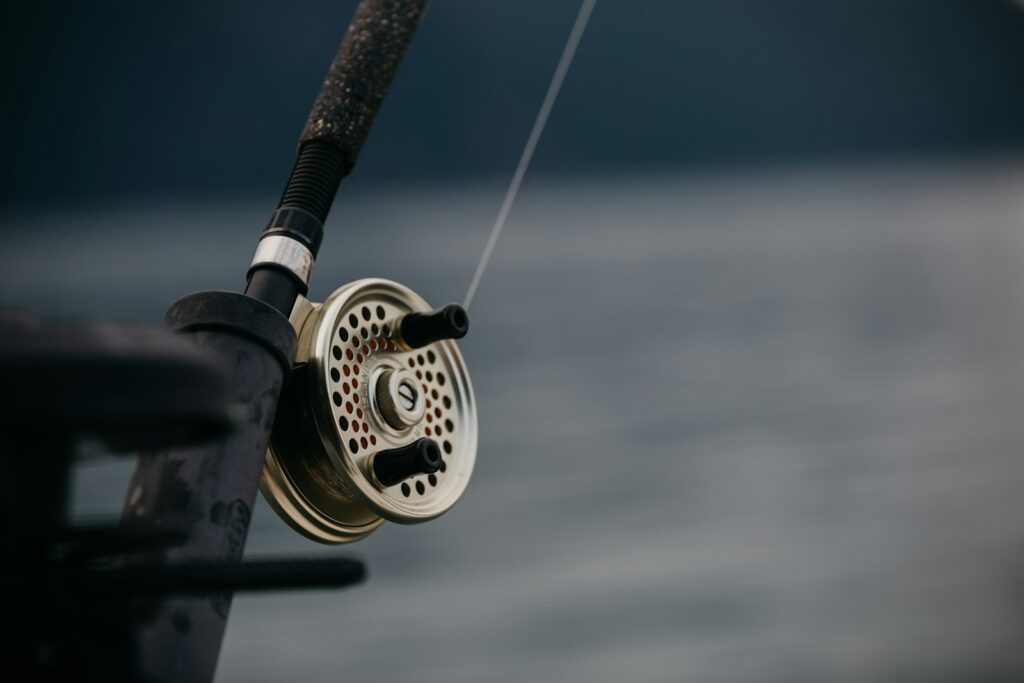
When your repair kit isn’t sufficient, the natural world offers numerous materials that can supplement your fixes. Pine sap, collected and heated, becomes a waterproof adhesive useful for sealing tears or reinforcing stitching on gear. Flexible green wood can be shaped into emergency tent stakes, pot handles, or splints for broken equipment. Certain barks, when carefully harvested from dead trees, can be peeled into long strips for lashing and binding materials together, functioning similarly to cordage. Dried grasses can be woven or twisted to create insulating padding or makeshift rope in emergencies. Learning to identify and properly use these natural resources requires practice and knowledge of local plants, but can prove invaluable when conventional repair materials are exhausted and you still have miles to go before returning to civilization.
Preventive Maintenance to Avoid Field Repairs
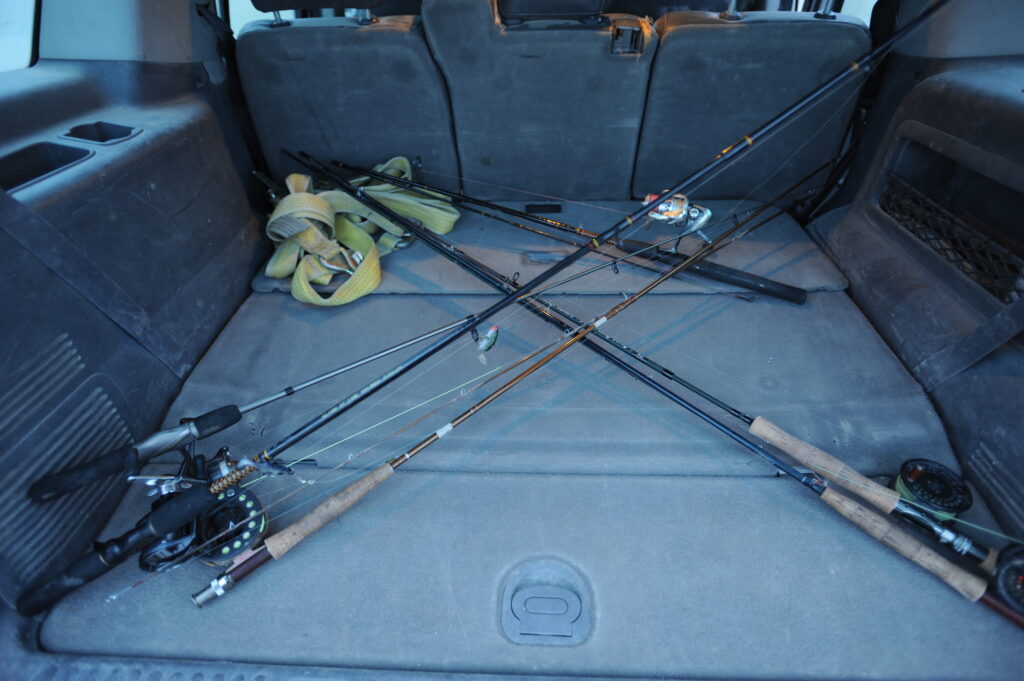
The best field repair is the one you never have to make, which is why preventative maintenance before and during trips is crucial. Before any outing, thoroughly inspect all gear for signs of wear, paying special attention to high-stress areas like seams, zippers, and connection points. Apply appropriate treatments proactively, such as seam sealer on tents or waterproofing on boots, before existing protection fails in the field. During trips, develop habits like changing into camp shoes to reduce wear on hiking boots, properly drying gear before packing it away, and using gear within its intended parameters rather than pushing its limits. Keep a log of minor issues noticed during trips and address them immediately upon returning home, as small problems left unattended often become major failures on subsequent adventures. Remember that quality gear properly maintained will generally outperform and outlast cheaper alternatives, making it a worthwhile investment for serious outdoor enthusiasts.
Conclusion
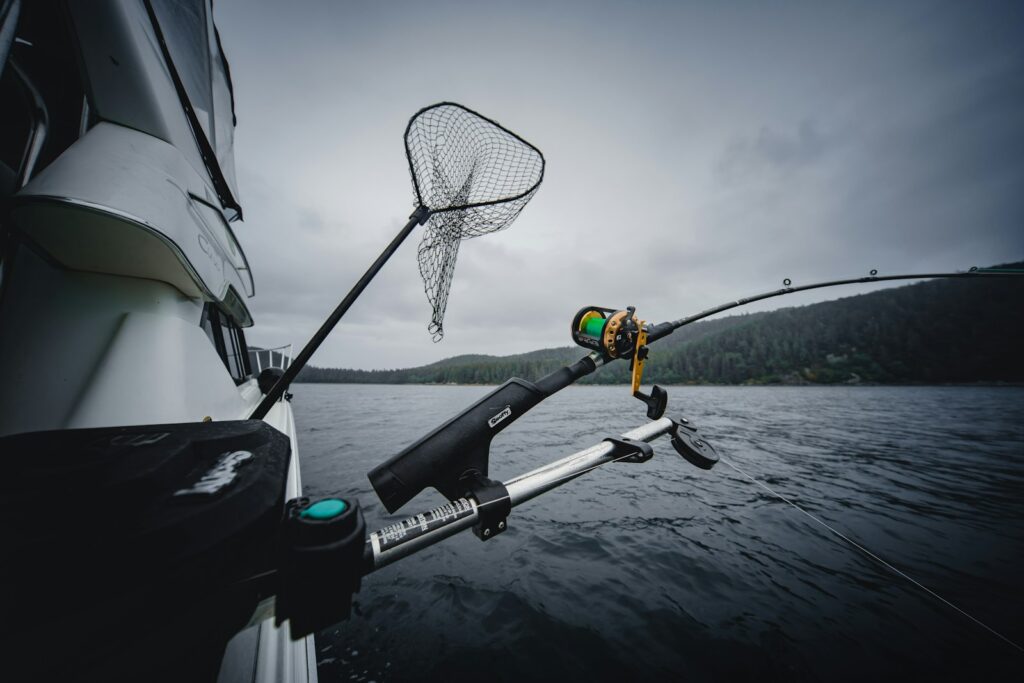
The wilderness has a way of testing both our gear and our problem-solving abilities. By carrying a versatile repair kit, understanding the basic mechanics of your equipment, and developing an improvisational mindset, you can overcome most gear malfunctions you’ll encounter in the field. These skills not only allow you to continue your adventure when things go wrong but also build confidence in your ability to handle unexpected challenges. While no outdoor enthusiast hopes for equipment failures, being prepared for them transforms potential trip-ending disasters into memorable stories of resourcefulness. Remember that the most valuable tool in any repair situation is a calm, methodical approach—panic only makes problems worse, while patience and creativity often reveal solutions even in the most challenging circumstances.
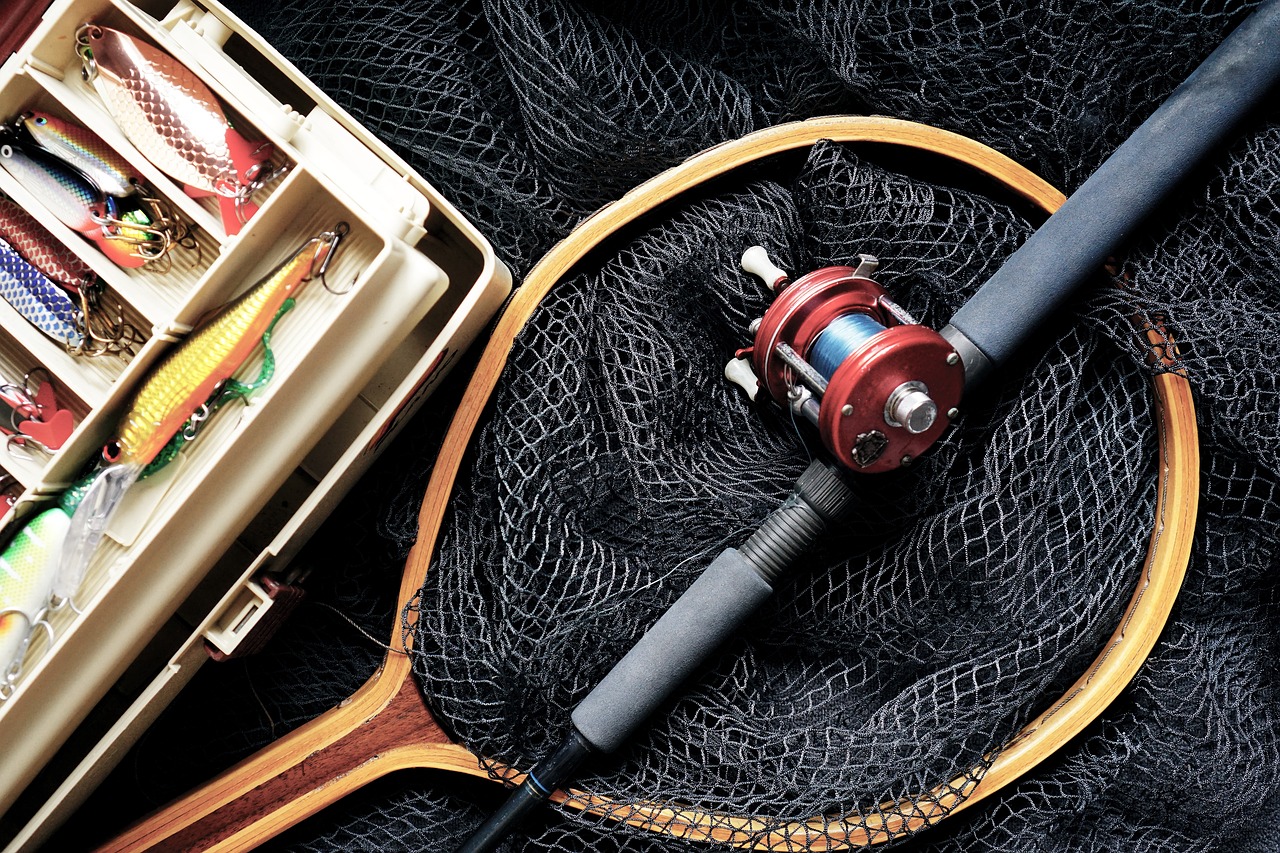

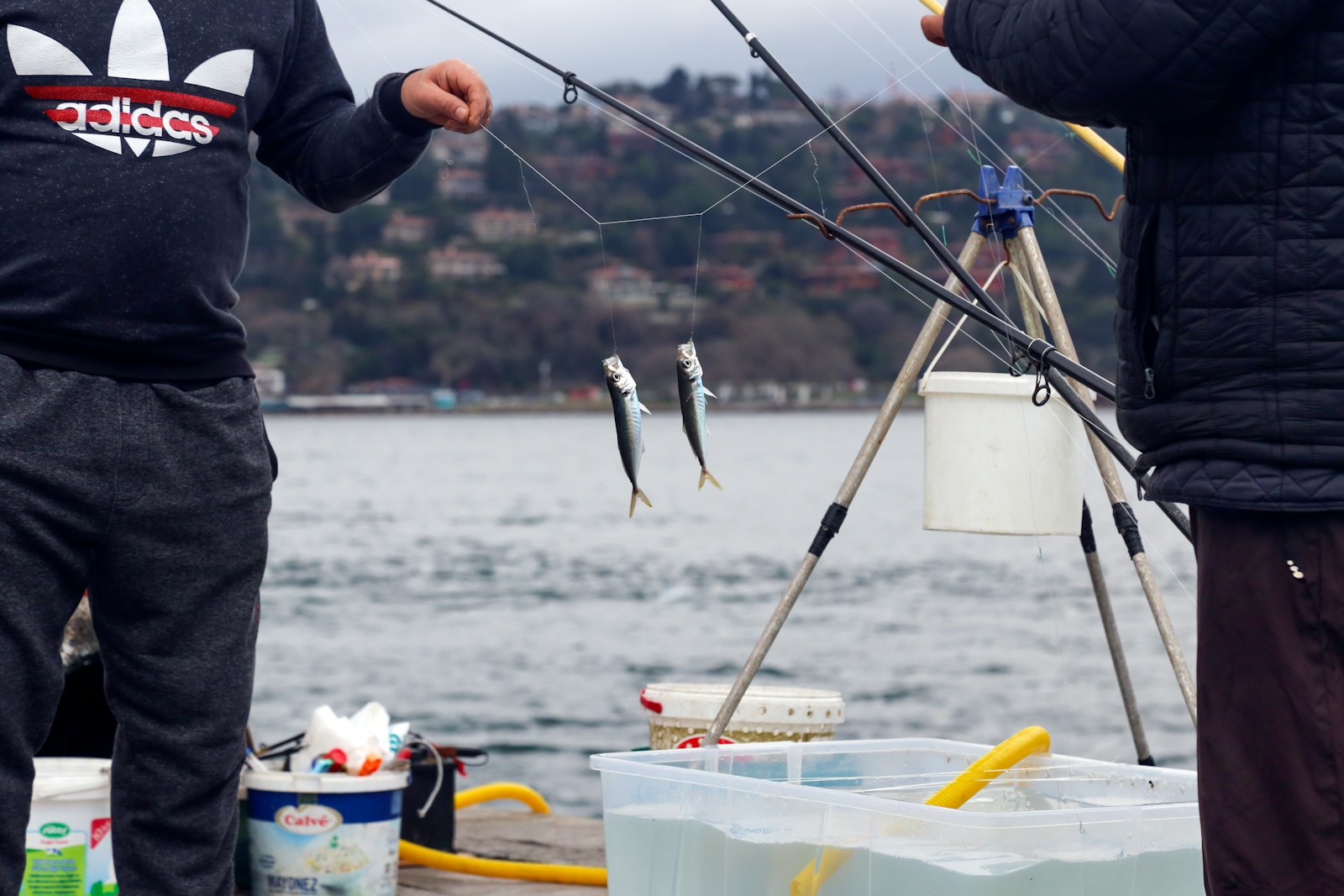

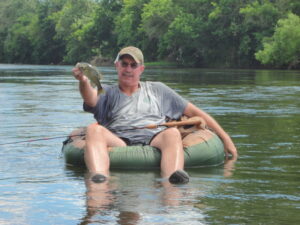
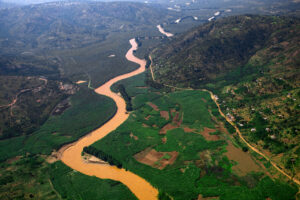








Post Comment